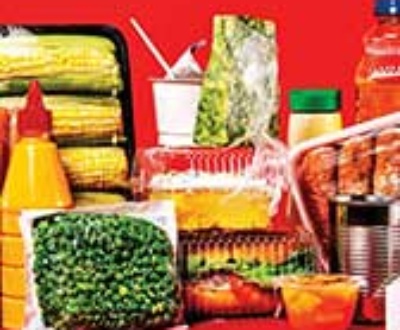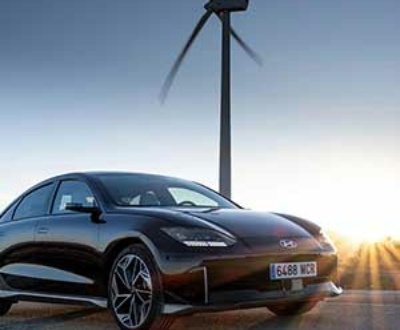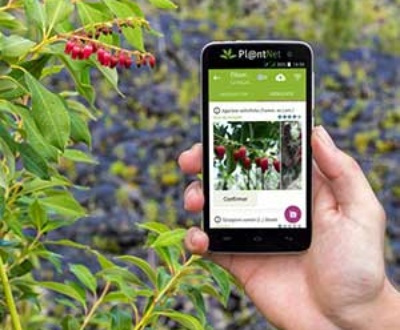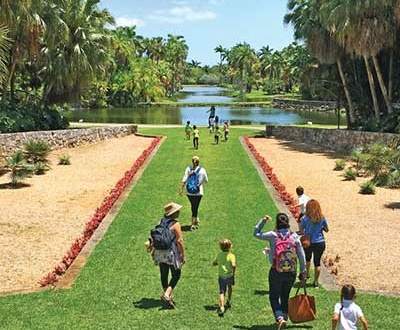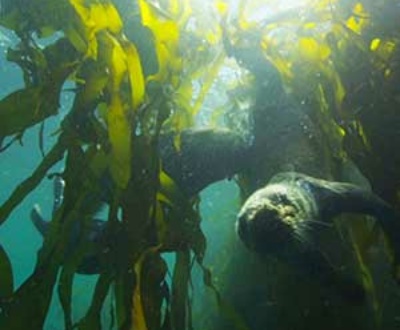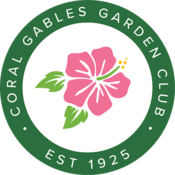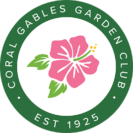I am pleased to bring you the first issue of what will be a monthly column on ecology and our environment. Hopefully it will give you some ideas of how you can contribute to our planet and to a GREEN GABLES!!
A UN report on biodiversity and the ecosystem was released at the beginning of May.
It states that, “Up to 1 million plant and animal species are on the verge of extinction, with devastating implications for human survival”. The Chairman of the study said, “The most important thing isn’t necessarily that we are losing a million species, the bigger issue is the way it will affect human well-being—food, water, energy, human health.” The report goes on to say that, “Human-caused climate change is a direct driver that is exacerbating the effects of over-fishing, widespread pesticide use, and urban expansion”.
A growing network of yards, community green spaces, and rights of way plantings become way stations and an ever more important resource for pollinators.
WHEW!! Not good news. So how did we get here? Well, the world’s population has doubled since 1950 and urban areas worldwide have doubled since 1992. This has put enormous pressure on natural resources. 75% of the land environment and more than 50% of the marine environment on our planet has been altered by humans according to the report. This follows a study in January by the journal, Biological Conservation, stating that 40% of all known species of insects including butterflies, bees, moths, flies and beetles face extinction as a result of habitat loss and pesticides. These insects pollinate our food as do hummingbirds and bats.
 UH, do you like to eat? Well, 75 % of our crops producing fruit or seeds for food depend at least in part on these pollinators. And insects are the bottom of nature’s food chain and a primary food source for many fish, reptiles, birds, and small mammals. 96% of our land birds feed their chicks insects according to the Florida Association of Native Nurseries.
UH, do you like to eat? Well, 75 % of our crops producing fruit or seeds for food depend at least in part on these pollinators. And insects are the bottom of nature’s food chain and a primary food source for many fish, reptiles, birds, and small mammals. 96% of our land birds feed their chicks insects according to the Florida Association of Native Nurseries.
According to Biological Conservation, the main driver for the insect loss is intensive agriculture and its heavy use of pesticides. The use of giant fields, devoid of shelter for insects of any kind and where plants are drenched in long lasting pesticides has been fatal for uncounted billions of insects.
So what can, we, in Coral Gables do? Well, as industrial farming and loss of habitat makes the planet unfriendly for our pollinators, a growing network of yards, community green spaces, and rights of way plantings become way stations and an ever more important resource for pollinators.
Three years ago the National Wildlife Federation put out a call to all Americans to save declining pollinators and participate in the Million Pollinator Garden Challenge by planting gardens that support bees, butterflies and other pollinating wildlife. It is called Garden for Wildlife and to date there are 40,000 Butterfly Hero gardens, 4,000 acres of pollinator plants and 400 Mayors Monarch Pledged cities. All of these efforts have contributed to over 700,000 pollinator gardens in 3 years.
Bob Boberman, who is the Landscape Superintendent for the City of Coral Gables, planted one of those gardens. His yard is certified as the NWF Pollinator Garden and as a Florida Friendly landscape by the University of Florida. There are many ways to do your yard to receive these certifications so what has Bob done? His yard is broken up into 3 sections, native plants, a vegetable garden and fruit trees, and a color garden in front. He says as little grass as possible, as many native plants as possible.
This photo of his yard shows a flagstone path with river rock bordered by Coontie, a little Bahama Strongbark tree, Simpson’s Stopper tree and a Wild coffee tree mixed in with non-natives. Of course a side benefit of this kind of planting is VERY little maintenance and very little grass to mow. If you’d like to get a look at some pollinator plants, you could go to the butterfly garden at the Coral Gables library. Bob and I both worked on that project.
If you are interested in doing something like this with your yard, there is a wealth of information on line.
Two websites are a must for you: NWF.org/Garden-For-Wildlife and FloridaYards.org.
If you go on the NWF website: first click on any one of the food, water, cover, young icons to get to the checklist for what you will need to create a Pollinator Garden. Then if you scroll done to the native plant box and click on it, you can put in your zip code and get the right native plants for your neighborhood.
The Florida Yards website has a wonderful wealth of information about how to plan your landscape, plants to use and more. These sites are really an education. Then if you got to the website of the Dade chapter of the Florida Native Plant Society, Dade – FNPS.org – and click on the native plant link at the top it will give you a list of nurseries in Dade that sell native plants. Enjoy!
About the Author
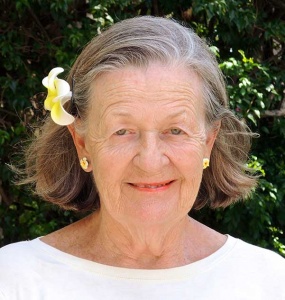
Linda Lawrence Waldron currently writes the Green Gables column in Gables Living Magazine. Linda was Chairman of the Garden Club's Coral Gables Library Butterfly Garden Committee.
Sign up here for email notifications about new Green Gables articles!
More from our blogs
See all postsRecent Posts
- April 2023 April 1, 2024
- Good News on Environmental Plastics February 1, 2024
- Material World / Plant World January 1, 2024
Leave a Comment cancel
This site uses Akismet to reduce spam. Learn how your comment data is processed.



